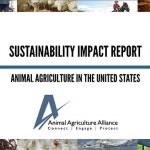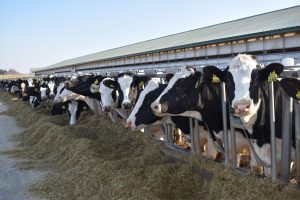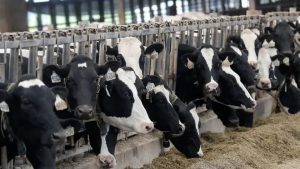
Agriculture has long been the bedrock of Vermont, combining food production and employment with rural economies and preservation of the state’s ecosystems and landscapes.
Over the years, legislatures and governors have periodically commissioned reports to formulate plans to strengthen Vermont’s agriculture. The most recent of these appeared last month. It’s titled the “Vermont Agriculture and Food System Strategic Plan.”
The plan document, the product of “1,500 dedicated and passionate food system professionals and Vermont residents,” is informative and beautifully presented in full color. It urges that stabilizing and revitalizing Vermont’s agricultural industry requires “bold and decisive action.” The report recites some obvious challenges, such as “development pressure on farmland, generational transfer of farm assets, [and] changing consumer preferences and markets.”
But in its Vision Statement for 2030, the report wanders off into what might be called “Ceres in Wonderland.” That’s a collection of correct and happy outcomes, an exercise noticeably infused with political correctness.
The 15 goals declare what must be made to happen — not only obvious things like “Demand for Vermont food will increase” but surprising things like “Food system organizations and stakeholders will prioritize racial equity” and “”At least 75% of Vermont residents will report that composting or managing food scraps is easy.”
Then come 34 “priority strategies” — one wonders what concern failed to be recognized as a priority. And here a curious feature appears.
Every one of the priorities begins not with a subject, but with a verb. The most popular verbs are fund, provide, establish, improve, rebuild, support, increase and expand. There’s never a hint about just who or what is supposed to deliver on these priorities.
A common theme runs through almost all of the 34 priorities. They require — wait for it — Funding! Investment! Allocating Resources! The report calls for a modest $9.7 million of one-time funding the first year, and $23.3 million a year for each of the 10 years to follow, to be distributed by 33 new state government employees overseeing achievement of the Visions.
Another obligatory inclusion is the fear of climate change, about which the report offers no support other than one unattributed chart purporting to show “projected” change in precipitation events between now and 2050.
One would think that friends of agriculture would welcome the increased crop productivity caused by carbon dioxide enrichment of the atmosphere, and the longer growing seasons predicted by the climate change authorities. But that would be wrongthink. Instead, the report advocates that somebody (who?) should make payments to farmers for carbon sequestration, which their fields, forests and crops have been doing for the past 200 years.
In sum, the report is a comprehensive and indeed elegant promotion for a Vision that appears to reward every “stakeholder” participating in its preparation. Its 164 supplementary pages contain much useful background information and a number of worthwhile ideas.
But analyzing the verbs, one discovers that almost all of the many priorities require money to appear from somewhere, and it gives the strong impression that no acceptable agricultural system can exist without the all-embracing government planning, taxing, funding, directing and providing for its every component.
A more useful plan for Vermont agriculture would analyze and come to grips with the challenges faced by its most important component — the 600 dairy farms that produce 2.6 billion pounds of milk each year. The report does recognize the potential of forage-based milk production (“grass farming”) , but it doesn’t compare it to industrial-style free stall, capital-intensive, high-input-cost traditional production.
How can Vermont dairies cope with changing consumer preferences and non-dairy milk biotechnology?
What business model will allow which dairy farms to prosper when federal price supports sink below current levels — and what becomes of the others?
What farming model will sharply curtail agriculture’s share of the phosphorus fouling our lakes and rivers? What model will protect the incalculable value of the soil, the responsible and humane management of livestock, and the well-being of migrant laborers?
Which cost-effective technologies will successful dairy farms need to employ?
The report offers little or no practical discussion of these complicated questions, probably because most of the stakeholders understand little of the complex milk pricing system and the rapidly changing technology needed to keep farms competitive.
Instead, the report participants are transfixed by their glorious Vision of all the good things that could be made to happen by an all-knowing government directed by wise and right-thinking people — making use of millions of dollars raised from unidentified parties who shop at the farmers market and competently manage their food scraps.

























